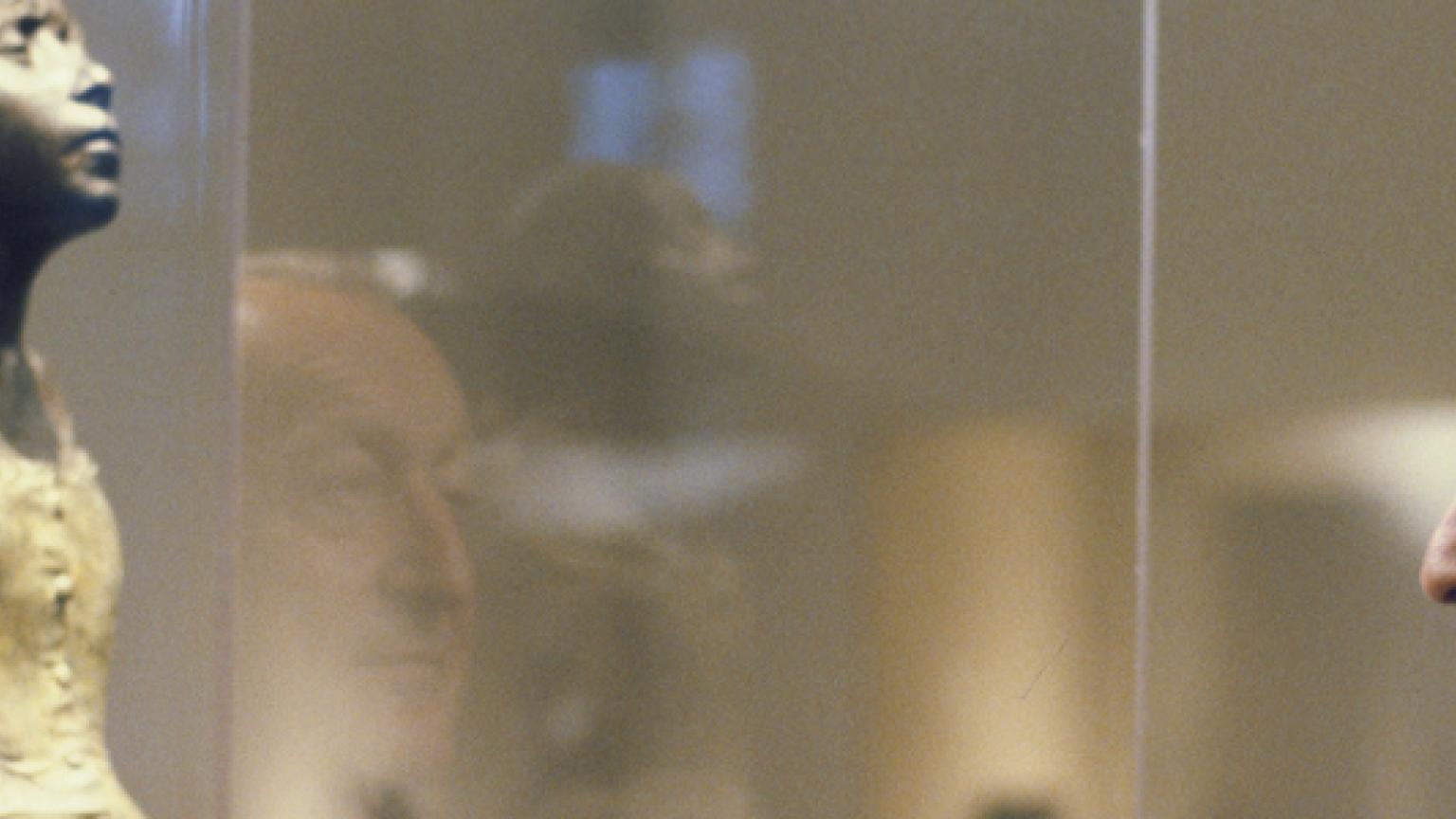Past Exhibition
Paul Mellon and the National Gallery of Art

Details

Overview: This thematic installation of archival documents, historical photographs, and memorabilia explored Paul Mellon's life and contributions to the National Gallery over more than six decades, including his role in implementing his father Andrew Mellon's plans for the new institution, his efforts to guide the museum and build its collections during its first decades, the inception and development of the East Building, and his generosity as a donor. The installation was part of the museum's celebration of the centenary of Paul Mellon's birth.
Other programs honoring the centenary of Paul Mellon's birth included the exhibition Eugène Boudin at the National Gallery of Art; Paul Mellon Collects, a series of Gallery talks on selected works of art that Paul Mellon and his wife Bunny gave the National Gallery of Art; In Honor of Paul Mellon: The Great Collectors, a series of Sunday lectures on major donors to the National Gallery; and a special series of mid-day piano concerts presented in the West Building Lecture Hall on six Wednesdays in May and June. A Benny Goodman–style jazz concert was presented by the Eddie Daniels Ensemble in the East Building atrium on Sunday June 10. Benny Goodman, one of Mellon's favorite musicians, had performed at the museum on May 30, 1978, at one of the events held on the occasion of the opening of the East Building. Paul Mellon: In His Own Words, a documentary film about the life of Paul Mellon, was produced by the National Gallery of Art and premiered in June 2007. The Choir of St. George's Chapel at Windsor Castle presented concerts in tribute to Paul Mellon on October 25 in the East Garden Court of the West Building and again on November 10 during the evensong service at St. George's Chapel.
Organization: Maygene Daniels, chief of archives at the National Gallery, was curator. The installation was designed by Barbara Keyes, head of graphics.
Sponsor: The special series of Wednesday piano concerts was supported by the Billy Rose Foundation.




